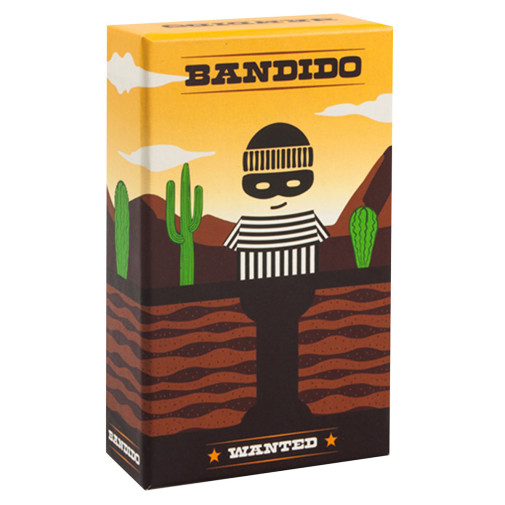We use cookies to make your experience better. To comply with the new e-Privacy directive, we need to ask for your consent to set the cookies. Learn more.
Bandido Game
Play solo or work together with up to four players to keep Bandido from escaping his prison cell. In this 15-minute game, use tunnel cards to try to seal off all escape routes as your wily prisoner attempts to move through all available exits.
First, set the card with Bandido on it in the middle of a large area using either the easy or less than easy difficulty side. Use the deck of 69 shuffled tunnel cards to deal each player three to start. Players take turns using one card each turn to connect to the tunnel cards on the table then drawing one from the deck afterwards. Sometimes, you have no choice but to add a card that actually adds escape routes. Other cards help you to dead-end a tunnel or create a circle that seals off possible exits.
If players can dead-end all escape routes before the cards run out, Bandido’s escape is foiled, and you win. Otherwise, Bandido goes free, and all players lose!
The game where cooperation and intuition catch the bad guy.
A high-security prisoner is trying to escape through tunnels starting underneath his cell. Will you be able to join forces and cards to stop him? Bandido is a cooperative game of strategy and route building for the entire family.
It takes 30 seconds to explain the rules and start having fun!


Cost effective.